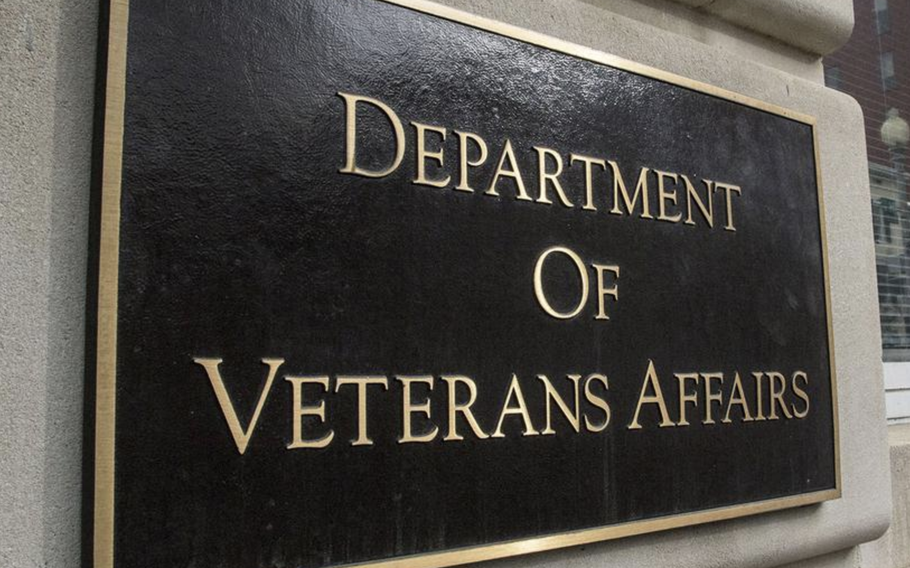
(Stars and Stripes)
As former acting secretary and chief of staff of the U.S. Department of Veterans Affairs under President Donald Trump, I saw firsthand how VA health care transformed. Over the past decade, reforms have given veterans greater access, shorter wait times, and more control over their care — saving lives in the process.
Yet, despite this undeniable progress, some want to undo it. Rather than building on these improvements, critics are pushing to restore a system that failed veterans for decades, one that buried them in bureaucracy and left some to die waiting for care that never came.
The scandal that forced a reckoning
Before these reforms, VA hospitals deliberately manipulated patient wait times, hiding veterans on secret waitlists to make their reported numbers look better. The result? At least 40 veterans died in Phoenix alone, waiting for care that was promised but never delivered.
And this wasn’t a one-off scandal. Across the country, VA facilities were drowning in backlogs, inefficiency and a bureaucracy more focused on protecting itself than serving those who had already sacrificed for this nation. Veterans were forced into a system that betrayed them when they needed it most.
Recognizing the urgent need for change, Congress passed the Choice Act in 2014, allowing veterans to seek care in their communities instead of enduring months-long waits at VA facilities. Since then, the VA estimates that veterans have exercised this option nearly 2 million times and counting. These aren’t just statistics; they represent real people, real lives, and real improvements in health care access.
The critics want to bring back a broken system
Despite this measurable success, some are working to take away veterans’ health care choices.
Wendell Potter, an insurance executive turned “Medicare for All” advocate, recently slammed these reforms as “creeping privatization.” His argument is built on a false premise that government-controlled health care is always superior, even when veterans themselves say otherwise. Worse, his vision leaves them with no voice at all.
Here’s the reality: Veterans should never be forced back into a system that has already failed them. The push to roll back choice isn’t about what’s best for veterans — it’s about protecting outdated, inefficient bureaucracy at their expense.
Choice works. Rolling it back would be a disaster.
The Choice Act was expanded in 2017 under President Trump, and late last year, Congress further enhanced the program, allowing terminally ill and elderly veterans to receive care at home instead of in hospitals.
This is not about privatization. It’s about prioritization. No single system, public or private, can meet every veteran’s needs. A hybrid model, where veterans choose the best available care, is the only way to ensure they get the treatment they deserve without unnecessary delays.
The choice Is clear: Progress or failure
Some argue that giving veterans more health care options weakens the VA. In fact, it does the opposite. Expanding access to private-sector care does not dismantle the VA; it strengthens it, allowing the system to focus on the specialized care it provides best.
The lesson from the past is painfully clear: When veterans are trapped in a government-run system with no alternatives, they suffer. Some die.
The mission is simple: Get veterans the care they need, when they need it, from the provider that serves them best. That should be the only priority, not protecting a bureaucracy that has already failed too many of America’s heroes.
This isn’t just a policy debate — it’s a matter of life and death. The choice is clear: move forward, or let history repeat itself.
Peter O’Rourke is a former acting U.S. secretary of veterans affairs and chief of staff to the Department of Veterans Affairs.